Our carbon commitment
Sustainability is our goal and we want it to be proof of our success.
We help those most in need into homes and we help them sustain their tenancies. Sustainability is at the centre of our relationship with tenants, and tenants are at the centre of all we do.
We have the same attitude toward our environment. Our environment supports and nurtures our communities – their success is intertwined.
That’s why we at Ōtautahi Community Housing Trust have formalised our commitment to the environment that sustains the communities we serve.
We’re now a now a Toitū net carbonzero certified organisation, reinforcing our focus on sustainability.
The Toitū Envirocare certification programme will help us reduce our impact on global warming. We’re measuring, continually managing and working to reduce our emissions to meet its aims.
We’re also offsetting the emissions we can’t avoid by buying carbon credits. The credits we buy will help pay for carbon reduction initiatives worldwide.
We were audited in December, to establish a base mark for the work we have ahead of us.
Our commitment was obvious: the auditor said we’re intent on managing and reducing our carbon.
“It was a pleasure to undertake the verification of Ōtautahi Community Housing Trust’s inventory,” the auditor said.
“The organisation had made considerable effort to collate the necessary data for the base year.
“The client is clearly intent on managing and reducing its carbon budget, and benefits from notable senior management commitment.”
Our carbon footprint and CO2e
We had to measure our carbon footprint for the year to June 2020, to establish the benchmark we need to beat.
This was done as a measure of CO2e, or carbon dioxide equivalent. This is unit expresses the impact of each different greenhouse gas in terms of the amount of CO2 that would create the same amount of warming.
That way, a carbon footprint consisting of lots of different greenhouse gases can be expressed as a single number. Easy.
It’s hard to imagine what a tonne of gas looks like. It makes more sense when you consider one tonne of CO2e (tCO2e) is equivalent to burning 370 litres of diesel, using 786 kg of standard office paper or traveling 3400 km on domestic air flights.
ŌCHT quality and audit specialist Fiona McGregor collated our CO2e profile for the Toitu audit. She found most was generated by our electricity use (24.11 tonnes of CO2e) and petrol (15.30 tCO2e).
Domestic air travel (5.69 tCO2e) and waste to landfill (3.46 tCO2e) helped bump our overall emissions to 50.55 tCO2e.
That’s equivalent to flying 170,000km – or about 228 flights between Christchurch and Auckland.
A Kiwi household of two adults and three kids generates more-than 7 tCO2e a year. New Zealand’s gross greenhouse gas emissions in 2018 were 78.9 million tCO2e.
What are we doing now?
We know our carbon footprint, now we’re working on ways to cut it.
Our environmental goals are embedded in our policies, objectives and targets, and our Environmental Management Systems maintain our focus.
We’ve now got an Environmental Committee to develop and promote environmental and carbon-cutting projects, and to keep track of our progress.
Crucially, we’ve also got a a series of emissions reduction targets that we’ll need to meet. We’re committed to cutting our base emissions by 26.01% by December 31, 2025.
To help get us there, we plan to convert our fleet cars to electric by the end of 2025, and online meetings will replace travel where possible.
Waste audits and waste minimisation awareness will help reduce what we’re using and throwing away, and we’ll keep sharing ideas to improve our sustainability.
It’s a big job, but it’s an important one that’ll benefit our environment and the communities it supports. We know it’ll take a team effort to make it happen.
Keeping tabs
Toitu Envirocare will audit us each year, to make sure we’re on track. They’ll give us feedback, and they’ll note where we need to improve.
Our environmental aims are now part of our KPIs. We’ll regularly measure them so we all know how our efforts are translating into real results.
We can make significant progress as an organisation, and that’ll be strengthened by what we do as individuals. That’s the best part: we’ve all shown we care about our environment, now we can put that care into action.


